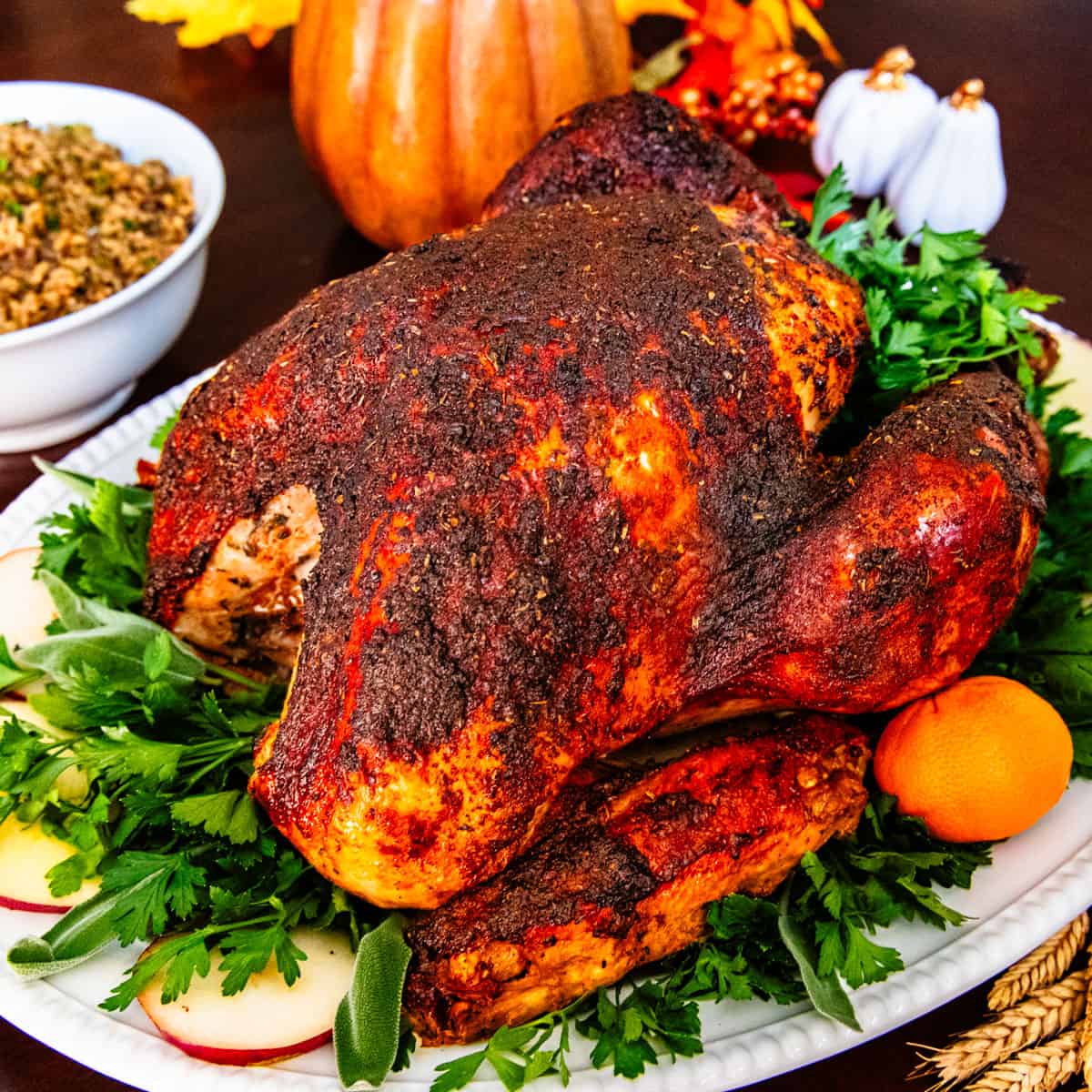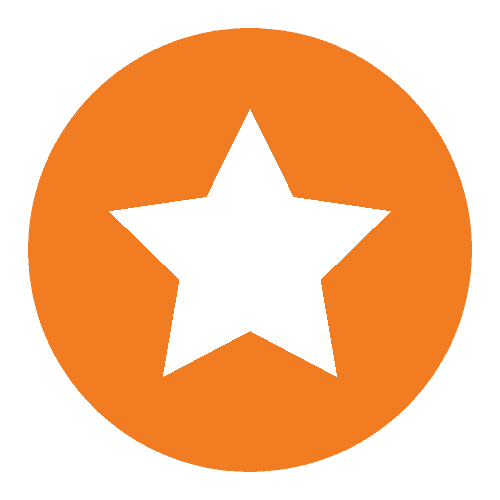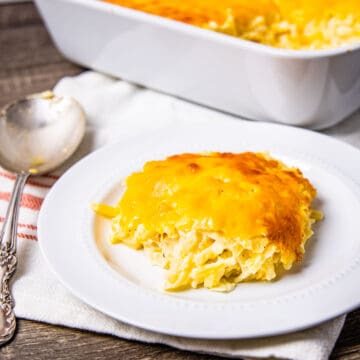This Cajun Turkey is seasoned with a Cajun butter marinade injection, then coated with herb butter and Creole seasoning for a delicious roasted turkey with a bold, zesty flavor. In this post, I'll provide simple step-by-step instructions, expert tips, and answers to some FAQs to help you make this Cajun roasted turkey perfectly every time!

Why This Recipe Works
A roasted Cajun Turkey recipe is a great choice when you're looking to spice up your Thanksgiving holiday with something more flavorful than your typical roasted turkey. It all starts with a Cajun butter marinade that is injected to infuse flavor into the meat from the inside. Then, we'll slather on a flavorful herb butter for crispy, flavorful skin, and finally, we'll top it off with Creole seasoning for even more flavor.
Choosing Your Turkey
As a rule of thumb, plan on around 1 pound of meat per person when cooking a whole turkey. I recommend choosing a turkey between 12 and 14 pounds. Smaller turkeys are typically more tender. And large turkeys need to cook longer and cook less evenly, so they tend to dry out more.
If you need to feed more people and have the oven space, I suggest buying either two smaller whole turkeys or one whole turkey and buying the rest in parts such as split breast, thighs, or legs, based on your preference for white or dark meat.
If you must buy a single large turkey, I suggest spatchcocking it. This means removing the backbone and laying out the turkey flat with the cavity facing down and the thighs and legs on each side of the breast. This shortens the cooking time and allows it to cook more evenly. Check out my smoked whole chicken recipe for pictures and instructions to spatchcock your bird.
Since this recipe uses an injection marinade and a rub seasoning, which each contain salt, I recommend looking for a turkey that has not been pre-brined or pre-treated with salt or other additives. If using a self-basting or kosher turkey, use a salt-free Creole seasoning and salt-free injection marinade to avoid an overly salty turkey.
Ingredient Notes

- Turkey - For the best flavor, I recommend using a 12 to 14 pound turkey that has not been pre-brined or treated with salt or other flavor additives.
- Cajun Butter Marinade - I use my homemade Cajun turkey injection to control the amount of salt and the spice level. Store-bought Creole butter marinade will also work, but try to use a turkey that hasn't been pre-brined or salted when using a store-bought marinade.
- Creole Seasoning - As with the marinade, I recommend using my homemade Creole seasoning to control the salt level. You can also use a salt-free store-bought seasoning such as Tony Cachere's and add salt to taste.
- Herb Butter - The herb butter adds another layer of flavor and helps to bind the seasoning to the turkey. The added fat also helps to crisp the skin and adds richness to the turkey.
See the recipe card at the bottom of this post for the complete list of ingredients and measurements.
Defrosting Your Turkey
The safest and easiest way to thaw a turkey is to leave it in the original packaging and place it in a baking dish in your refrigerator. Plan for around 1 day of defrosting for every 4 pounds of turkey. The turkey can be kept refrigerated for around 3 days after thawing.
| Turkey Size | Defrosting Time |
|---|---|
| 10-12 pounds | Three days |
| 12-16 pounds | Four days |
| 16-20 pounds | Five days |
If you're short on time, you can also thaw your turkey in a sink or a large bucket of water. Leave the turkey in its packaging and submerge it breast side down in cold water.
Change out the water every 30 minutes. For this method, plan on around 30 minutes per pound.
Step-by-Step Instructions
- Prepare the herb butter by mixing together the room-temperature butter and the chopped herbs in a small bowl.
- Remove the giblets and turkey neck from the cavity and trim any excess skin and fat around the neck cavity. Then, pat the skin dry with paper towels.

- Using your fingers, separate the skin from the breast and thigh meat, being careful not to tear the skin. Then, spread around half of the herb butter under the skin on the breast and thighs. Season the turkey cavity with around 1 tablespoon of the Creole seasoning. Then, tie the legs together with butcher's twine and fold the wings under the breast. Spread the remaining herb butter in a thin layer over the outside of the turkey. Place the turkey on a rack set in a roasting pan.
- Using a meat syringe, inject small amounts of the injection marinade around the turkey, concentrating on the thickest parts of the breast, thighs, and legs. Make many small injections rather than injecting large amounts in only a few spots. Let the turkey rest for one hour to let the marinade soak in.


- Preheat your oven to 425°F. Season the outside of the turkey with the remaining Creole seasoning. Be sure to turn the turkey to season the thighs and legs. Place it in the oven for 20 minutes, then reduce the heat to 325°F and continue roasting until the internal temperature of the thickest part of the breast reaches 160°F.
- Remove the turkey and loosely cover it with foil. Let it rest for at least 30 minutes, up to 1 hour before carving. Due to the residual heat, the temperature will continue to rise as it rests to reach the USDA recommended 165°F.


Expert Tips
- Check the labeling on your turkey to see if it's been pre-brined or treated with salt or other flavor additives. This is often in small print on the label with words like "flavor enhanced". If the turkey has been flavored, use a salt-free seasoning.
- If you want more spice for your turkey, use a Cajun seasoning instead of Creole seasoning. It typically has a higher content of cayenne pepper and fewer herbs in the blend. You can add additional cayenne pepper to taste.
- If you intend to use the drippings for gravy, add chopped aromatics like onion, carrots, and celery and ¼ cup of water or chicken stock to the bottom of your roasting pan for additional flavor.
- If the turkey skin gets too dark or begins to burn, loosely cover the turkey with aluminum foil.
- Use an oven-safe meat thermometer to monitor the internal temperature of the turkey as it cooks. This is the best way to ensure it's perfectly cooked.
Internal Temperature for Turkey
The USDA recommends cooking turkey to an internal temperature of 165°F measured in the thickest part of the breast and thigh.
The temperature of large cuts of meat like turkey continues to rise a bit after removing them from the oven. This is known as carryover cooking. Because of the carryover effect, I recommend removing your turkey from the oven when it reaches 160°F and letting the turkey rest for around 1 hour.
As it rests, the temperature will continue to rise, settling around a final temperature of 165°F. This helps to avoid overcooking the turkey, which results in dry white meat.
Another reason for removing the turkey early and resting it is that cooking the turkey at high heat causes the muscles to tighten and expel moisture. This resting period allows the muscles to relax and the juices to redistribute in the meat, resulting in a juicier turkey.
Use a meat thermometer with a leave-in probe inserted into the thickest part of the breast meat to monitor the internal temperature of your turkey as it cooks. When the turkey reaches 160°F, remove it from the oven and check the temperature in several places with an instant-read thermometer to ensure it's cooked to the correct temperature throughout.
Turkey Roasting Time Guide
As a general rule, plan on around 15 minutes per pound for a turkey cooked at 325°F. However, in this recipe, we start at a higher temperature of 425°F for 20 minutes to help crisp the skin, so the time is a bit shorter. Plan around 12 to 13 minutes per pound. The guide below will help you estimate the cooking time for an unstuffed turkey.
| Turkey Size | Time |
|---|---|
| 10-12 pounds | 2 to 2½ hours |
| 12-14 pounds | 2½ to 3 hours |
| 14-16 pounds | 3 to 3½ hours |
| 16-18 pounds | 3½ to 4 hours |
How to Carve a Whole Turkey
Carving a turkey can seem intimidating at first, but with the right tools, it's a simple process. You'll need a large cutting board and a sharp carving knife or chef's knife, along with a fork or tongs to hold the bird as you cut. Keep a few paper towels handy to help clean your hands and work surface as you go.
Legs
Cut through the skin near the leg, where the thigh meets the back end of the breast. Pull the thigh and leg down to find the hip joint and slice through the joint to remove the thigh and leg. Cut through the joint between the thigh and leg to separate them. Repeat on the other side. Then, carve the dark meat from the thighs.
Wings
Cut between the breast and the wing, then pull the wing to locate the joint near the spine and cut through the joint to remove the wing. Repeat with the other wing. Cut at the joint between the drum and flat portion of the wings to separate them if preferred.
Breasts
Cut down along the top of the breast bone at the middle of the breast. Making shallow cuts, follow the contour of the bone, pulling the breast meat back away from the bone as you cut until the entire breast is cut free. Repeat with the other breast. Place the breast skin side up on your cutting board and cut across the breast into slices around ¼-inch thick.
Arrange the sliced meat with the legs and wing parts on a platter and serve.
What to Serve with Cajun Turkey
This Cajun turkey is perfect to pair with traditional Southern Thanksgiving side dishes like my cornbread dressing, green bean casserole (without soup), and sweet potato soufflé. And for a classic Cajun pairing, it goes great with my Cajun dirty rice. For dessert, don't forget my classic Southern pecan pie!

More Turkey Recipes
📖 Recipe

Cajun Roasted Turkey
Ingredients
- 1 12-14 pound Turkey
- 2 Tablespoons Creole seasoning, or Cajun seasoning
- 14 ounces Cajun butter injection marinade
Herb Butter
- 1 stick butter, ½ cup
- 1 Tabelspoon chopped parsley
- 1 teaspoon chopped rosemary
- 1 teaspoon chopped sage
- 1 teaspoon chopped thyme
Instructions
- Prepare the herb butter by mixing together the room-temperature butter and the chopped herbs in a small bowl.
- Remove the giblets and turkey neck from the cavity and trim any excess skin and fat around the neck cavity. Then, pat the skin dry with paper towels.
- Using your fingers, separate the skin from the breast and thigh meat, being careful not to tear the skin. Then, spread around half of the herb butter under the skin on the breast and thighs. Season the turkey cavity with around 1 tablespoon of the Creole seasoning. Then, tie the legs together with butcher's twine and fold the wings under the breast. Spread the remaining herb butter in a thin layer over the outside of the turkey. Place the turkey on a rack set in a roasting pan.
- Using a meat syringe, inject small amounts of the injection marinade around the turkey, concentrating on the thickest parts of the breast, thighs, and legs. Make many small injections rather than injecting large amounts in only a few spots. Let the turkey rest for one hour to let the marinade soak in.
- Preheat your oven to 425°F. Season the outside of the turkey with the remaining Creole seasoning. Be sure to turn the turkey to season the thighs and legs. Place it in the oven for 20 minutes, then reduce the heat to 325°F and continue roasting until the internal temperature of the thickest part of the breast reaches 160°F.
- Remove the turkey and loosely cover it with foil. Let it rest for at least 30 minutes, up to 1 hour before carving. Due to the residual heat, the temperature will continue to rise as it rests to reach the USDA recommended 165°F.
Notes
- Check the labeling on your turkey to see if it's been pre-brined or treated with salt or other flavor additives. This is often in small print on the label with words like "flavor enhanced". If the turkey has been flavored, use a salt-free seasoning.
- If you want more spice for your turkey, use a Cajun seasoning instead of Creole seasoning. It typically has a higher content of cayenne pepper and fewer herbs in the blend. You can add additional cayenne pepper to taste.
- If you intend to use the drippings for gravy, add chopped aromatics like onion, carrots, and celery and ¼ cup of water or chicken stock to the bottom of your roasting pan for additional flavor.
- If the turkey skin gets too dark or begins to burn, loosely cover the turkey with aluminum foil.
- Use an oven-safe meat thermometer to monitor the internal temperature of the turkey as it cooks. This is the best way to ensure it's perfectly cooked.
Nutrition
* All nutrition information we provide are estimates based on third party calculators. We encourage you to calculate these on your own for accurate results.










Leave a Reply